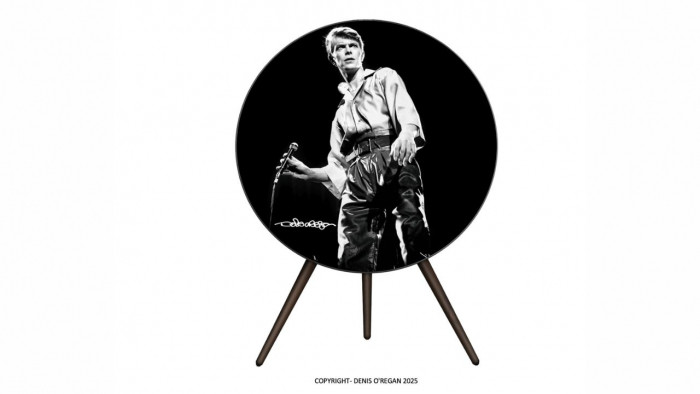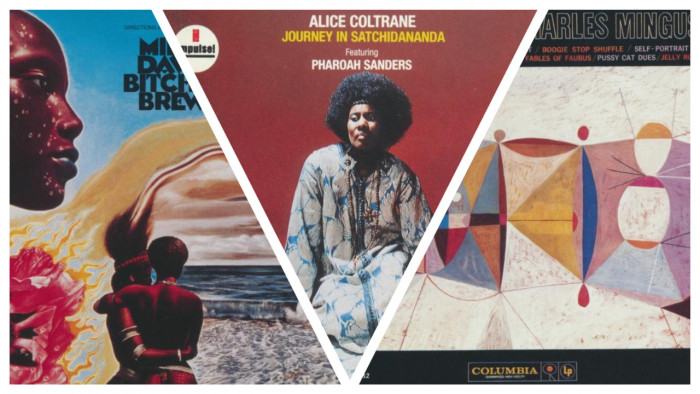Spotify is reportedly making major changes to its free music service
It's their first big move since going public


Business is booming for the UK music industry, with the champagne and ’fruit and flowers’ being brought out to celebrate levels of growth in the industry not seen since the Britpop boom.
Combined takings across streaming, downloads, physical sales and licensing rose 10.6% to £839m in 2017 - but the key component was streaming revenues, which increased by a staggering 41.1%, reaching £388.8m, overtaking physical formats for the first time.
However, while growth was at Britpop levels, it should also be pointed out that total income remains around a third lower than the peak of 2001, when £1.2bn made its way into the pockets (and up the noses) of UK record labels.
Nonetheless, these are heady days, and streaming certainly looks here to stay - and, with perfect timing, Spotify went public last week, beginning trading on 3 April and closing its first day of trading with a valuation of $27 billion - more than all the major labels which feed it content combined.
But with these sorts of numbers comes pressure: Spotify might be the current market leader but it needs to innovate to stay ahead, especially given that it still does not make a profit and, in fact, as revenue has increased, so have losses.
And the first rumours have emerged of Spotify’s next move - developing a new version of its free music service.

Spotify on some sort of trading screens with a load of numbers and charts that no one, especially that guy looking at them, understands
It’s seemingly good news for consumers, as the move is reportedly going to make it easier to use, especially for customers on mobile phones, according to a Bloomberg report.
The updated service will see free users able to access playlists more quickly and have more control over what songs they hear on top playlists. Currently, the free service does not allow you to select tracks within a playlist, instead forcing you to listen to whatever comes up on shuffle, as well as serving up adverts every two or three tracks.
Spotify’s theory is clearly to continue growth in its overall listener base, which it can then convert to paying subscribers later down the line. At the end of 2017, Spotify had 157 million users, with 71 million of those paid subscribers. However, those 71 million accounted for 90 per cent of its revenue. Currently its major rival, Apple Music, does not have a free tier.
The company is aiming to reach 200 million users by the end of the year, and 96 million subscribers, according to a forecast issued in March. It will be hoping that these changes convince a few more to come on board and join the streaming party.
(Images: Getty)








